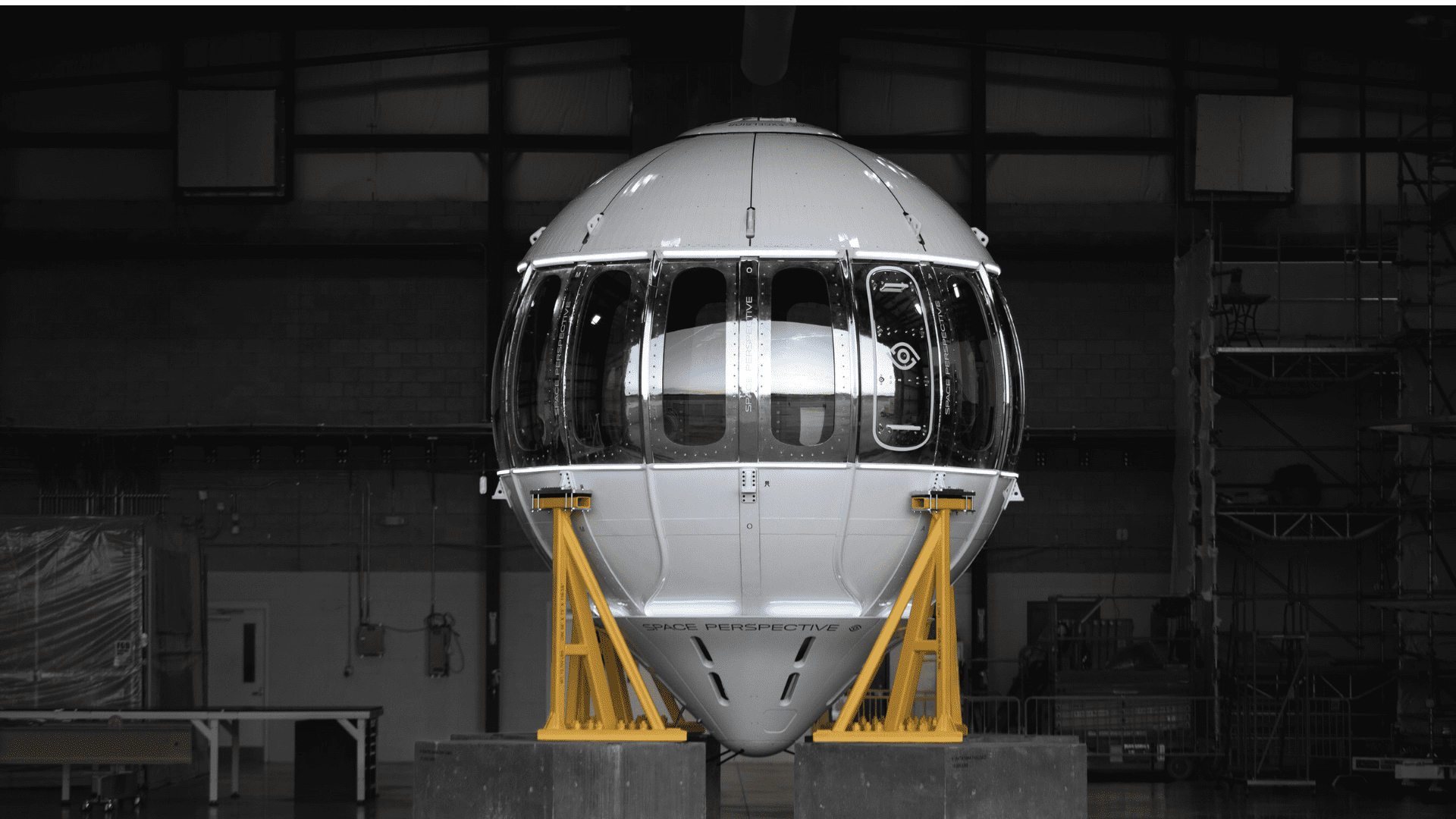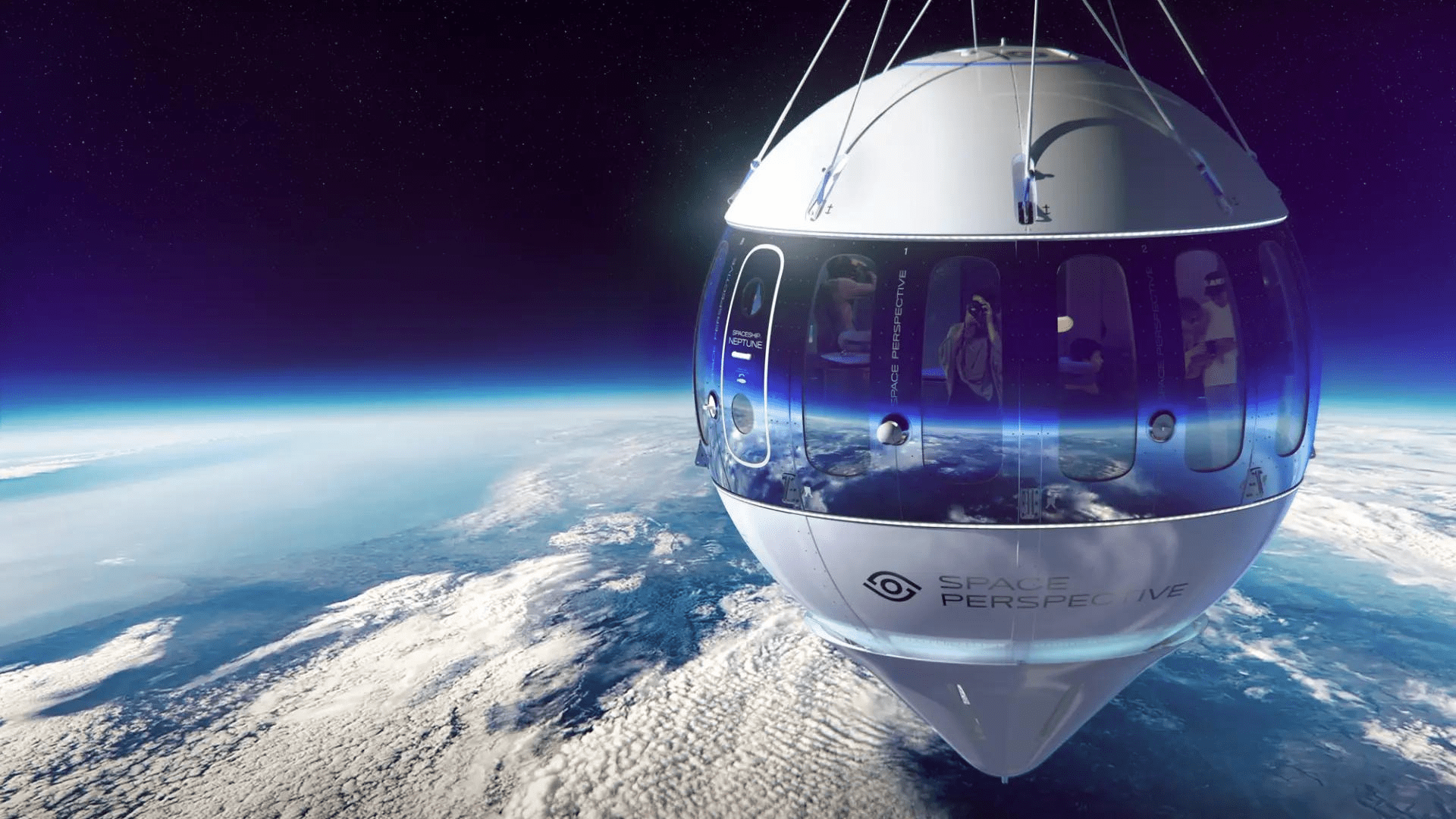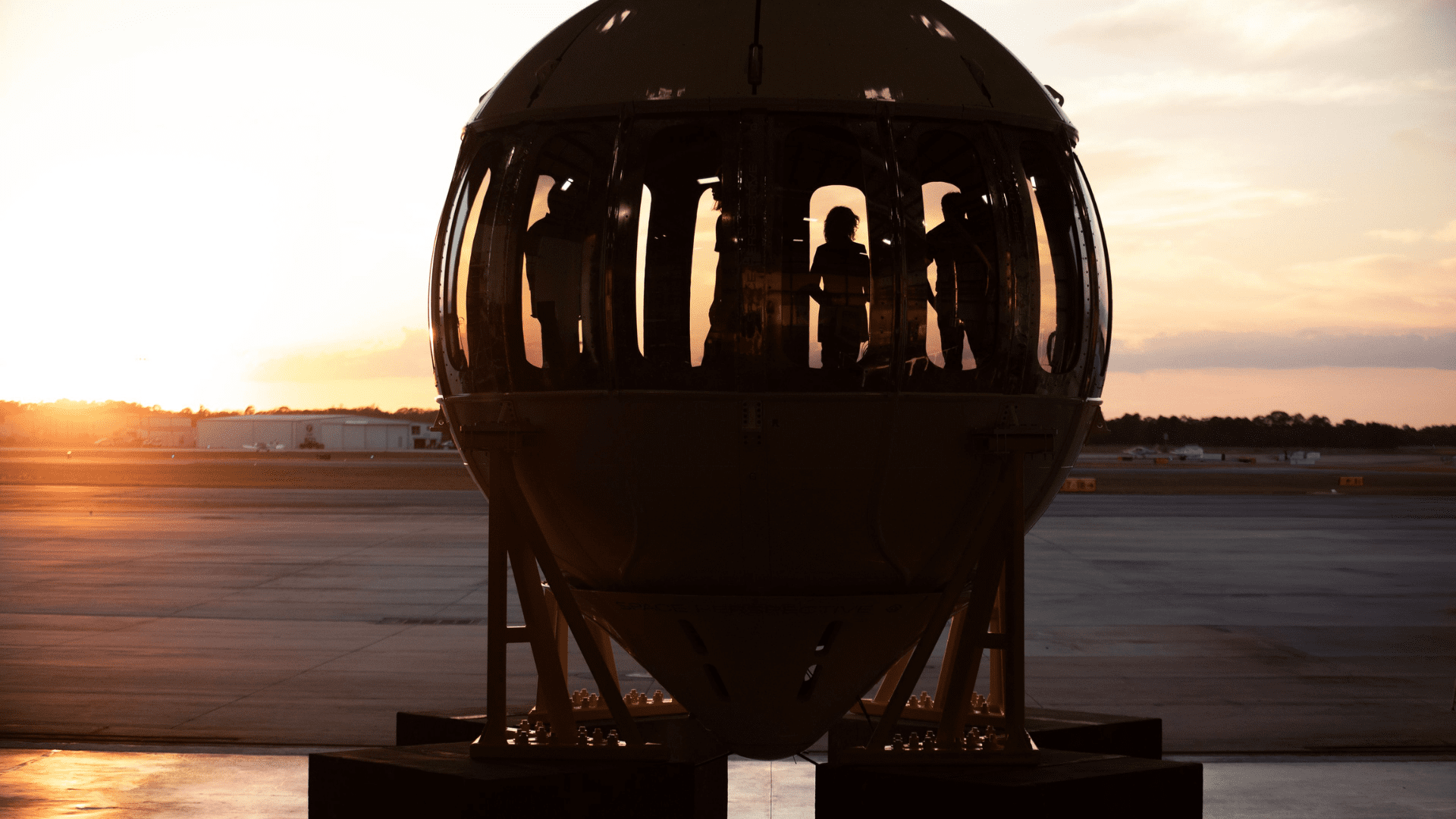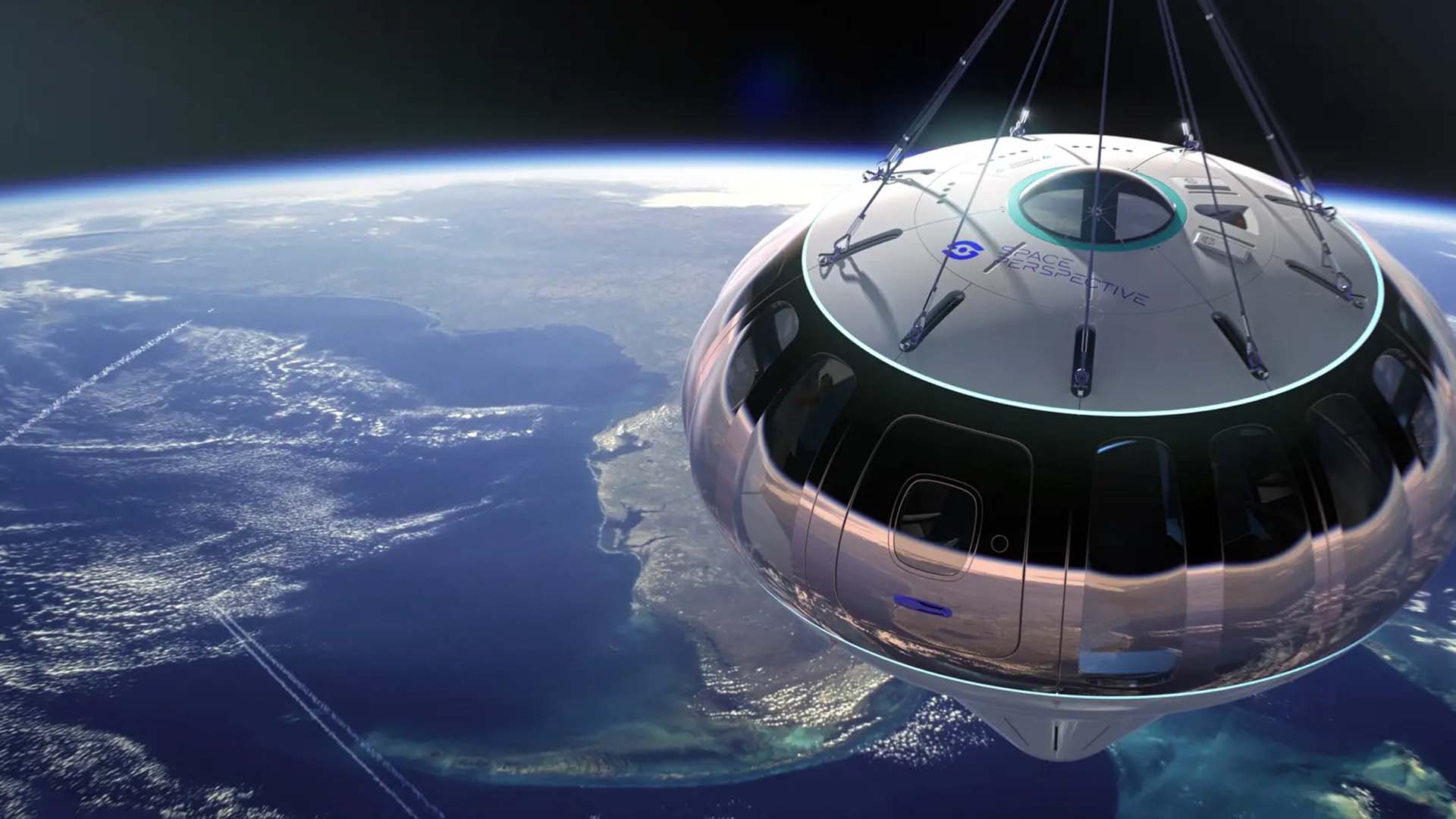Typically, we can find a Michelin-starred restaurant in the biggest cities like Los Angeles or New York City. While each restaurant is different, they all share one thing in common: they are all on Earth. Usually, someone looking to go out to a nice meal might not need to specify the location on our planet, but that is changing. A space tourism company is now taking reservations for a fine dining experience on the edge of space.
Extraterrestrial Meal
Companies SpaceVIP and Space Perspective are teaming up to offer a fine dining experience on the edge of space. For just under $500,000, customers can fly to the edge of space on a space balloon and enjoy food from Danish Michelin-starred chef Rasmus Munk. Munk’s restaurant, Alchemist, has two Michelin stars. Customers willing to pay around half a million dollars will float into space on Space Perspective’s spaceship Neptune. Next month, Neptune enters the last testing phase and plans to start flying customers by 2025.

Here’s what a cool half a million dollars can get someone willing to pay. Six passengers can fit on Space Perspective’s Neptune spacecraft which will fly to an altitude of 19 miles. Munk will serve as a host while serving a specially crafted menu for the journey. While dining on a Michelin-starred meal, passengers will watch the sun rise over the Earth’s curvature.
Explore Tomorrow's World from your inbox
Get the latest science, technology, and sustainability content delivered to your inbox.
I understand that by providing my email address, I agree to receive emails from Tomorrow's World Today. I understand that I may opt out of receiving such communications at any time.
Space Tourism
The latest offering from Space Perspective may have you wondering about space tourism and its accessibility. The company’s typical ticket cost is around $125,000 compared to the price tag of around $500,000. A typical trip on the spacecraft Neptune doesn’t come with a Michelin-starred chef; comparatively, it’s a little more affordable. Is the average person going to buy a ticket? Probably not. But, the all-inclusive trip on the spacecraft comes with a price tag fit for the wealthiest people.

Spaceship Neptune is advertised as the world’s largest capsule ever built for human space travel. However, the space balloon doesn’t necessarily reach outer space. Its altitude maxes out at 19 miles, halfway to the 62-mile boundary internationally recognized as space. Rather than viewing Earth from orbital space, the spacecraft is designed to give passengers a view of Earth from a distance.







